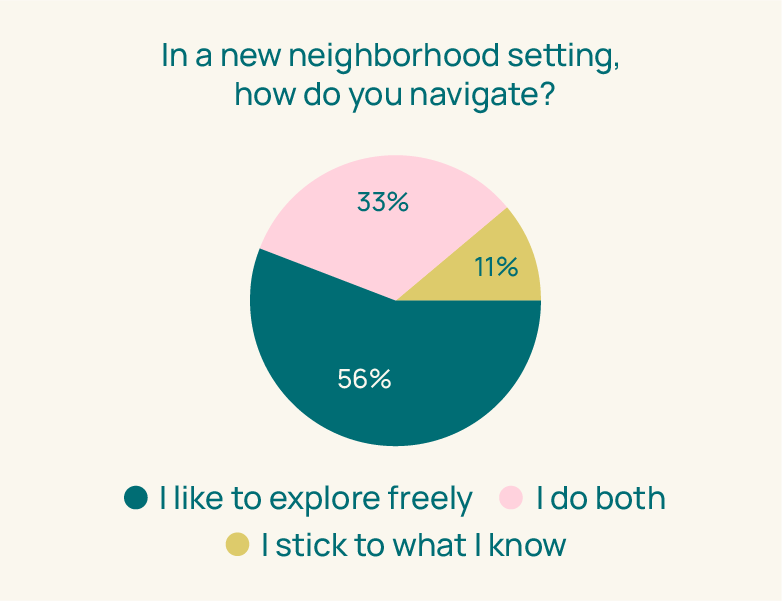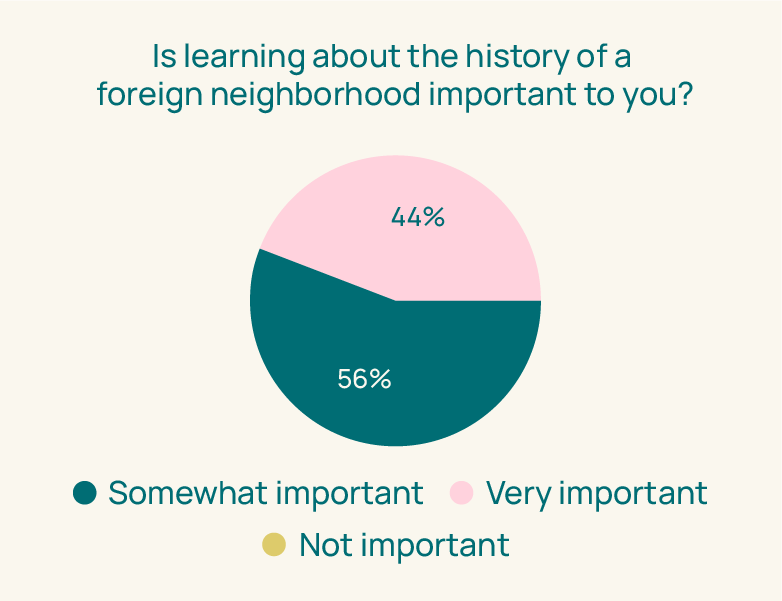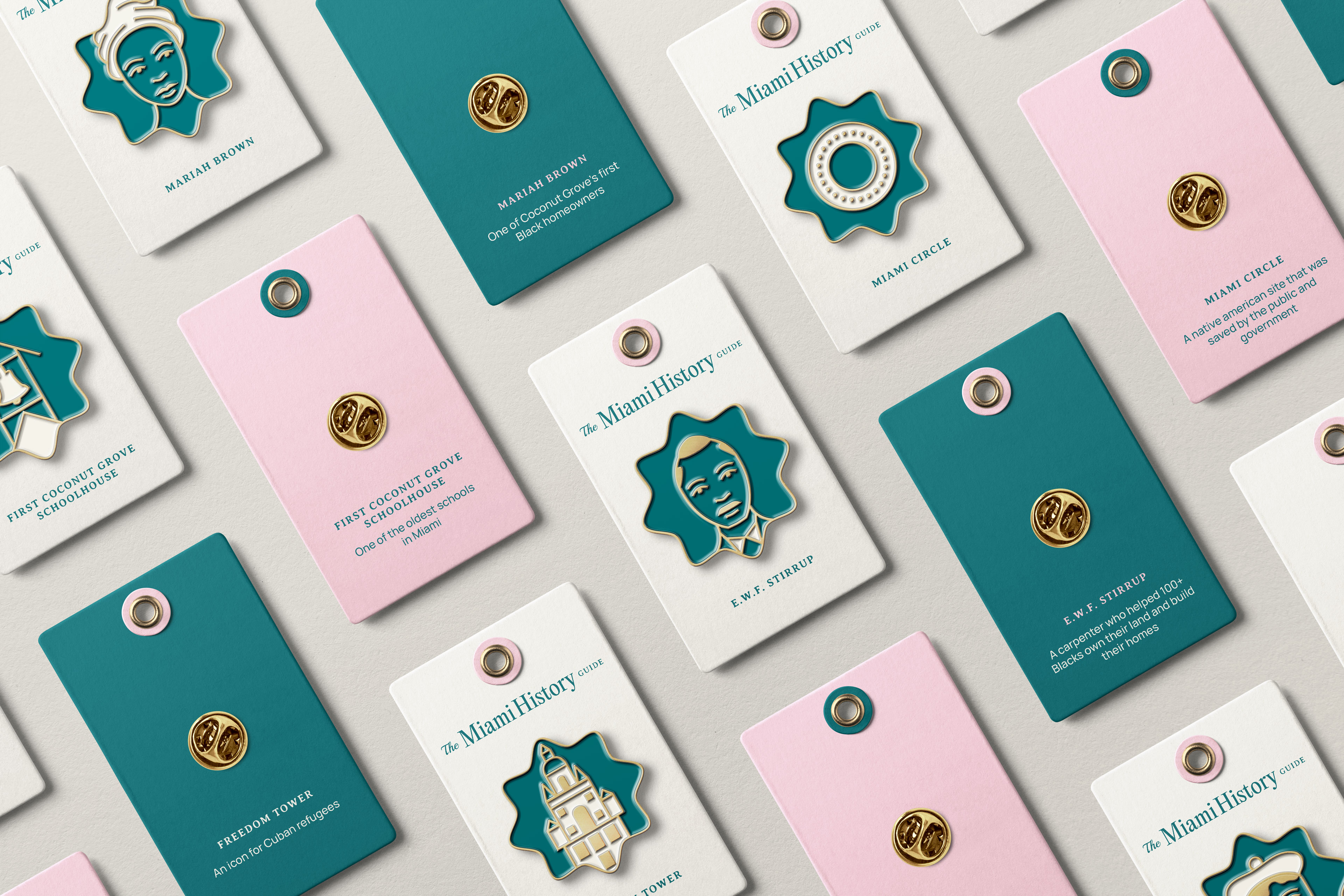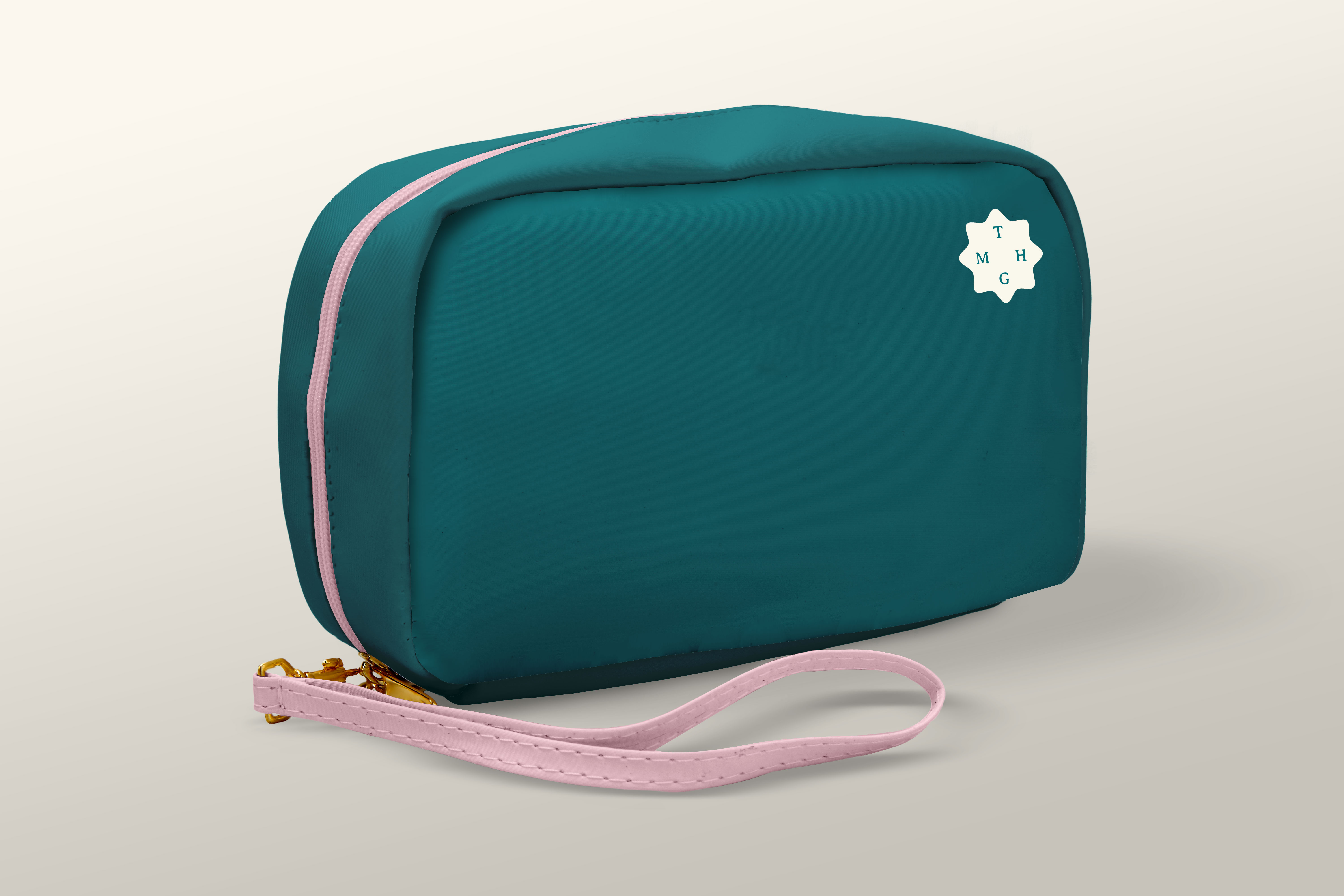
There is room for improvement in encouraging locals to explore their own city.

Downtown Miami in 1925 during the building boom
The Miami History Guide is a guide that talks about the history of Miami, Florida's historic neighborhoods. It focuses on the people and places that contributed to its growth. Miami is nicknamed the Magic City because of how fast it grew. It continues to grow with 54% of residents born outside of the U.S. in 2022.
The goal of this project is to bring awareness to Miami's diverse cultures. To encourage locals to explore and understand their city. A hub where information is protected and shared with everyone. Away from the hands of those who want to erase history.

Coconut Grove neighborhood built by Bahamians in ~1890

There is room for improvement in encouraging locals to explore their own city.

Locals like both hidden gems and popular spots.

Locals like to feel free when exploring, a hunger for adventure!

On screen guide wins, my hunch for doing an app is confirmed.

Locals find local neighborhood history somewhat important.

Locals find foreign neighborhood history more important than local history.
These data points guided me towards the idea of creating an app for this concept. Something they can take anywhere and share easily with others.

FigJam was used to create the user flow map of the app. Here I determined three user flows that were informed by user data.

I took out my notebook and pencil and started sketching what the app structure can look like. I had a potential user pick out their favorites. The arched shape, inspired by Miami's historic architecture, symbolizes a window into Miami's history.

I brought these sketches into Figma and created wireframes with the user's choices. There, I created an interactive prototype of the app.
"Onboarding carousel interaction is not clear. Not sure how to interact with it."
"The check-in and quiz buttons are not clear on how they work."
"The 'save' heart shaped button doesn't read as a save button but more of a 'like' button."
"Onboarding screen visual is confusing."



The app rewards users with a badge for visiting or taking a quiz for each site in a neighborhood either in-person or remotely.



When they collect all the site badges in a neighborhood, they unlock a donation item that can be directly purchased from a non-profit organization in that neighborhood.



The guide will give the user the ability to customize and share their sites through the saved page.
The city's historic architecture and natural beauty were used as a reference for the brand style. Also inspired by Leonard Horowitz's art deco pastel color palette when he helped save the buildings from being demolished.

A closer look at the neighborhood donation items. The enamel pin set is earned once the Downtown neighborhood is completed. Proceeds would go directly to the Miami Foundation. "The Miami Foundation builds the philanthropic, civic, and leadership backbone for Greater Miami."

A t-shirt is earned when the Coconut Grove neighborhood is completed. It's a way for users to show off their new historic knowledge. Proceeds would go directly to the Women's Fund. The Women's Fund..."creates positive change for women and girls through grantmaking, advocacy, research and leveraging collective impact."

A travel pouch is earned when the Brickell neighborhood is complete. A useful item that can be used when discovering other cities, in the United States and abroad. Proceeds would go directly to Dade Heritage Trust. Dade Heritage Trust's mission is to... "preserve Miami-Dade County's architectural, environmental, and cultural heritage through preservation, education and advocacy efforts."
This is only the beginning of the app. There are 34 neighborhoods in Miami that are full of cultural history. It would be a dream to collaborate with local history organizations and programmers to make this app come to life.
The app's goal is to be an inspiration to those who seek figures that are relatable. To bring hope to those that may feel isolated in a city that experiences cultural inequalities.
Miami today